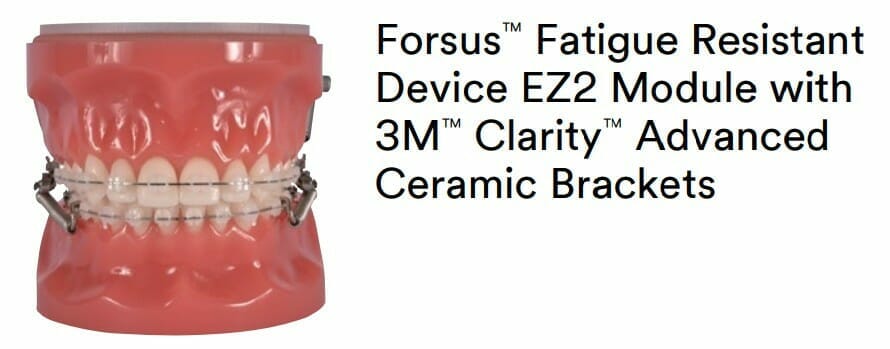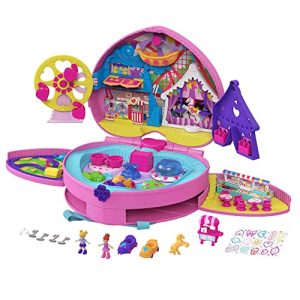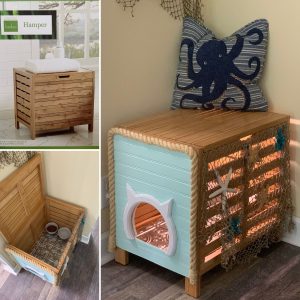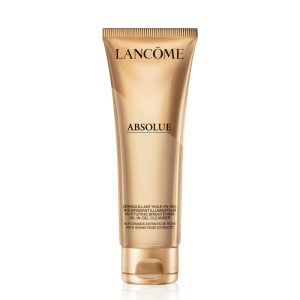Contents
- 1. Overview of the Forsus Appliance
- 2. Benefits of Using the Forsus Appliance
- 3. Candidates for the Forsus Appliance
- 4. Installation and Maintenance of the Forsus Appliance
- 5. Potential Side Effects and Complications
- 6. Differences Between the Forsus Appliance and Other Orthodontic Appliances
- 7. Clinical Studies and Research on the Forsus Appliance
- 8. Frequently Asked Questions about the Forsus Appliance
- 9. Cost and Insurance Coverage for the Forsus Appliance
- 10. Conclusion
Are you curious about the Forsus Appliance and want to learn more? Look no further! “Understanding the Forsus Appliance: A Comprehensive Guide” is here to provide you with all the information you need. Whether you’re a dental professional looking to expand your knowledge or a patient considering this orthodontic treatment, this guide will walk you through everything you need to know about the Forsus Appliance. From its functionality to its benefits, let’s dive into the world of the Forsus Appliance and discover why it’s a game-changer in orthodontic treatment.
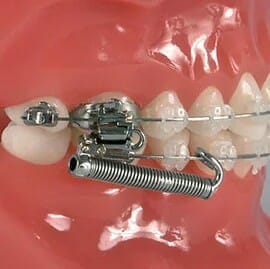
1. Overview of the Forsus Appliance
1.1 Introduction to the Forsus Appliance
The Forsus appliance is a revolutionary orthodontic device used to correct various bite and alignment issues in the dental field. Designed to assist in the movement of teeth and jaws, the Forsus appliance functions by applying gentle and continuous force to realign the jaw and achieve a more harmonious bite. It is a popular alternative to traditional braces and other orthodontic appliances, offering numerous benefits to patients.
1.2 How the Forsus Appliance Works
The Forsus appliance consists of a metal rod that is typically attached to the upper and lower dental arches using small brackets and an adjustable headgear component. This apparatus works by gently realigning the jaw and guiding the movement of the teeth into their proper positions. The continuous, controlled force exerted by the Forsus appliance helps correct issues such as overbites, underbites, crossbites, and other misalignments, resulting in a more balanced bite and improved overall dental health.
2. Benefits of Using the Forsus Appliance
2.1 Improved Bite Correction
One of the primary benefits of using the Forsus appliance is its ability to effectively correct bite irregularities. By applying continuous pressure, the appliance helps to reposition the jaw and bring it into proper alignment. This correction of the bite not only enhances the appearance of the teeth but also contributes to better oral health, reducing the risk of issues such as teeth grinding, jaw pain, and temporomandibular joint (TMJ) disorders.
2.2 Enhanced Facial Aesthetics
In addition to correcting the bite, the Forsus appliance can also have a significant impact on enhancing facial aesthetics. By aligning the jaw and properly positioning the teeth, this appliance helps to create a harmonious facial profile. The improved facial aesthetics resulting from the use of the Forsus appliance can boost self-confidence and contribute to an overall positive self-image.
2.3 Reduced Need for Extractions
One of the advantages of the Forsus appliance is its potential to reduce the need for tooth extractions. In many cases, traditional orthodontic treatments require the removal of one or more teeth to create space for alignment. However, the Forsus appliance works by gradually shifting the position of the teeth and jaw, minimizing the need for extractions in certain cases. This can be particularly beneficial for individuals who are reluctant to undergo tooth extraction or who have limited space in their dental arches.
2.4 Faster Treatment Time
Compared to some traditional orthodontic treatments, the use of the Forsus appliance often leads to faster treatment times. The continuous and controlled force exerted by the appliance helps facilitate efficient tooth movement and jaw realignment. This can mean shorter duration of wear for the patient and a quicker overall treatment process.
2.5 Increased Patient Comfort
The Forsus appliance is designed to prioritize patient comfort throughout the treatment process. The gentle and gradual nature of the force applied by the appliance minimizes discomfort and allows for easy adaptation. Additionally, the appliance is custom-fitted to each patient’s mouth, ensuring a comfortable fit that does not interfere with normal daily activities such as eating and speaking.
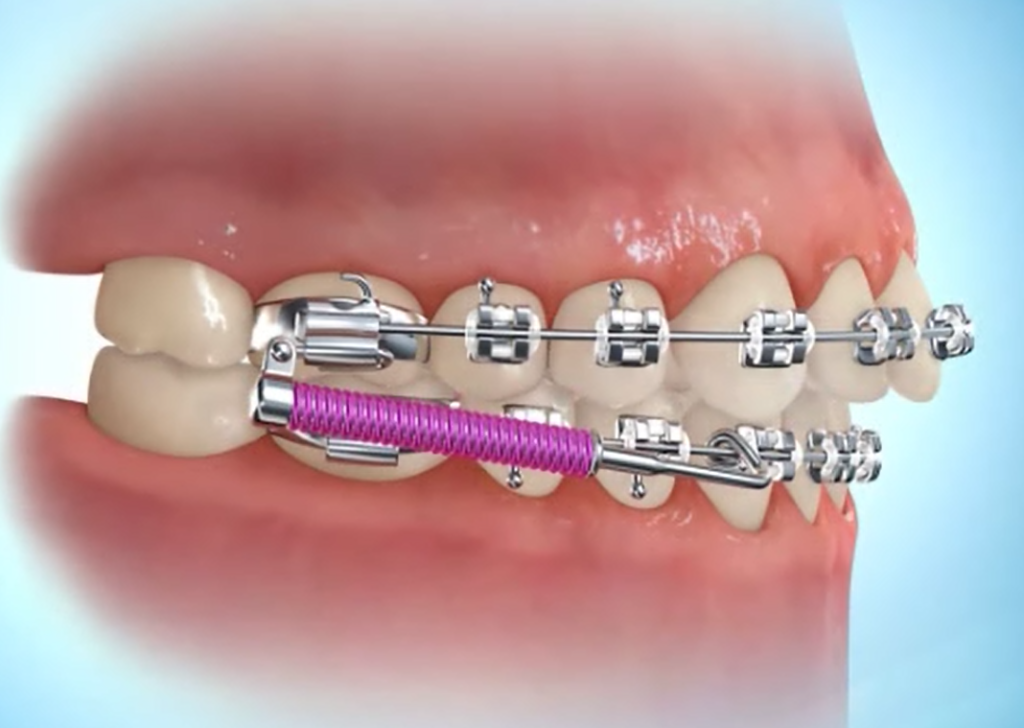
3. Candidates for the Forsus Appliance
3.1 Requirements for Using the Forsus Appliance
While the Forsus appliance offers numerous benefits, not everyone is an ideal candidate for its use. The appliance is typically recommended for individuals with moderate to severe dental misalignments, including overbites, underbites, and crossbites. It is important for patients to have a thorough evaluation by an orthodontist to determine if the Forsus appliance is the most suitable treatment option for their specific case.
3.2 Conditions That Can Be Treated with the Forsus Appliance
The Forsus appliance is primarily used for correcting dental misalignments, particularly those related to bite issues. It can effectively treat overbites, underbites, crossbites, as well as other jaw discrepancies. However, certain complex cases may require additional orthodontic interventions or a combination of different appliances to achieve optimal results. It is essential to consult with an experienced orthodontist to determine the most appropriate treatment plan for individual cases.
4. Installation and Maintenance of the Forsus Appliance
4.1 Consultation and Treatment Planning
Before the installation of the Forsus appliance, a comprehensive consultation with an orthodontist is crucial. The orthodontist will evaluate the patient’s dental condition, discuss treatment options, and develop an individualized treatment plan. This process may involve taking X-rays, photographs, and dental impressions to ensure accurate diagnosis and treatment planning.
4.2 Installation Procedure
The installation of the Forsus appliance is typically performed by an experienced orthodontist. It involves bonding small brackets to specific teeth, usually molars, and attaching the metal rod of the appliance to these brackets. The process is generally painless and is completed within a single appointment. The orthodontist will ensure that the appliance is properly adjusted and provide instructions on maintenance and care.
4.3 Recommended Maintenance Practices
To ensure optimal effectiveness and longevity of the Forsus appliance, proper maintenance is crucial. Patients should follow the orthodontist’s instructions regarding daily oral hygiene, including regular brushing and flossing. It is important to avoid chewing on hard or sticky foods that may damage the appliance. Regular check-ups with the orthodontist are also necessary to monitor progress and make any necessary adjustments to the appliance.
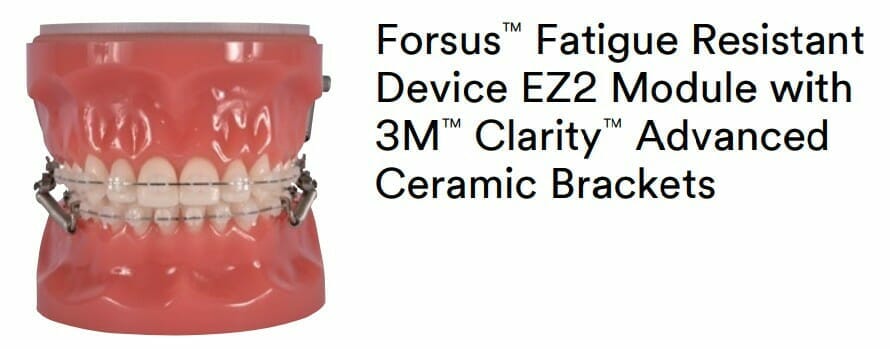
5. Potential Side Effects and Complications
5.1 Temporary Discomfort and Speech Issues
It is common for patients to experience some discomfort or soreness in the initial days or weeks after the installation of the Forsus appliance. This discomfort typically subsides as the patient’s mouth adjusts to the appliance. Additionally, some individuals may initially experience difficulty with speaking clearly, but this usually improves with time and practice.
5.2 Allergic Reactions and Oral Irritations
In rare cases, patients may develop allergic reactions to the materials used in the Forsus appliance. It is important to inform the orthodontist of any known allergies or sensitivities before the installation. Additionally, some individuals may experience mild oral irritations or ulcers due to the presence of the appliance. Proper oral hygiene, including regular rinsing with a saltwater solution, can help alleviate these irritations.
5.3 Malfunctioning or Breakage of the Forsus Appliance
While the Forsus appliance is designed for durability, there is a small risk of it malfunctioning or breaking. Patients should be vigilant in following the orthodontist’s instructions and report any issues or concerns to their orthodontic provider promptly. In the event of breakage or malfunction, it is important to contact the orthodontist for repair or replacement to ensure continued progress in the treatment.
6. Differences Between the Forsus Appliance and Other Orthodontic Appliances
6.1 Comparison with Traditional Braces
When compared to traditional braces, the Forsus appliance offers several notable differences. Unlike braces, which consist of brackets and wires attached to all teeth, the Forsus appliance focuses on correcting bite issues through the use of a single, discreet metal rod. The Forsus appliance also has the advantage of shorter treatment times and reduced need for extractions in certain cases.
6.2 Distinctions from Other Functional Appliances
Functional appliances are another type of orthodontic device used to correct various dental issues. The Forsus appliance differs from other functional appliances, such as headgear or Herbst appliances, in its design and method of application. The Forsus appliance is attached directly to the teeth, eliminating the need for external headgear or removable components. This makes it a more convenient and comfortable option for patients.
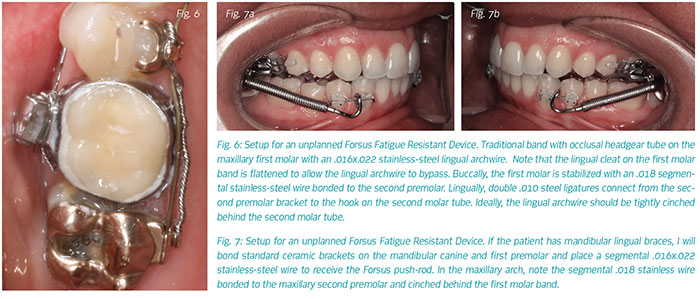
7. Clinical Studies and Research on the Forsus Appliance
7.1 Efficacy and Success Rates
Numerous clinical studies and research have been conducted to assess the efficacy and success rates of the Forsus appliance. These studies consistently demonstrate positive outcomes in bite correction and dental alignment. The Forsus appliance has shown to be highly effective in improving bite discrepancies and achieving long-lasting results in a significant number of patients.
7.2 Long-Term Stability and Results
Long-term stability of the correction achieved through the use of the Forsus appliance has been reported as favorable in many studies. Patients who undergo treatment with the Forsus appliance, combined with appropriate retention strategies, typically maintain their corrected bite and alignment over time. Regular follow-up visits with the orthodontist are crucial to ensure the stability of the results achieved with the appliance.
8. Frequently Asked Questions about the Forsus Appliance
8.1 How long does the Forsus Appliance need to be worn?
The duration of wearing the Forsus appliance varies depending on the severity of the dental misalignment and the specific treatment plan developed by the orthodontist. On average, patients wear the Forsus appliance for approximately 6 to 18 months. It is important to follow the orthodontist’s instructions regarding wearing time to achieve optimal results.
8.2 Can the Forsus Appliance be used on its own without braces?
No, the Forsus appliance is typically used in conjunction with braces. While the appliance itself helps to correct bite irregularities, braces are necessary to address the alignment of individual teeth and ensure an overall straight smile. The Forsus appliance and braces work together harmoniously to achieve the desired results.
8.3 Are there any age restrictions for using the Forsus Appliance?
The Forsus appliance can be used in both adolescents and adults, as long as the individual has fully developed permanent teeth and a healthy dental foundation. It is recommended to consult with an orthodontist to determine the most suitable treatment plan and appliances based on the patient’s specific age and dental condition.
8.4 Can the Forsus Appliance cause TMJ disorders?
When properly installed and adjusted by an experienced orthodontist, the Forsus appliance does not cause TMJ disorders. In fact, it can often improve the symptoms associated with TMJ disorders by correcting the underlying bite issues. It is essential to consult with an orthodontist who has expertise in treating TMJ disorders to ensure the most appropriate treatment approach.
8.5 Will the Forsus Appliance affect eating and speaking?
While it may take some time for patients to adjust to having the Forsus appliance in their mouths, it should not significantly impact eating or speaking abilities. Initially, patients may need to avoid certain hard or sticky foods to prevent damage to the appliance. Any difficulties with speech typically resolve within a short period as the patient becomes accustomed to the appliance.
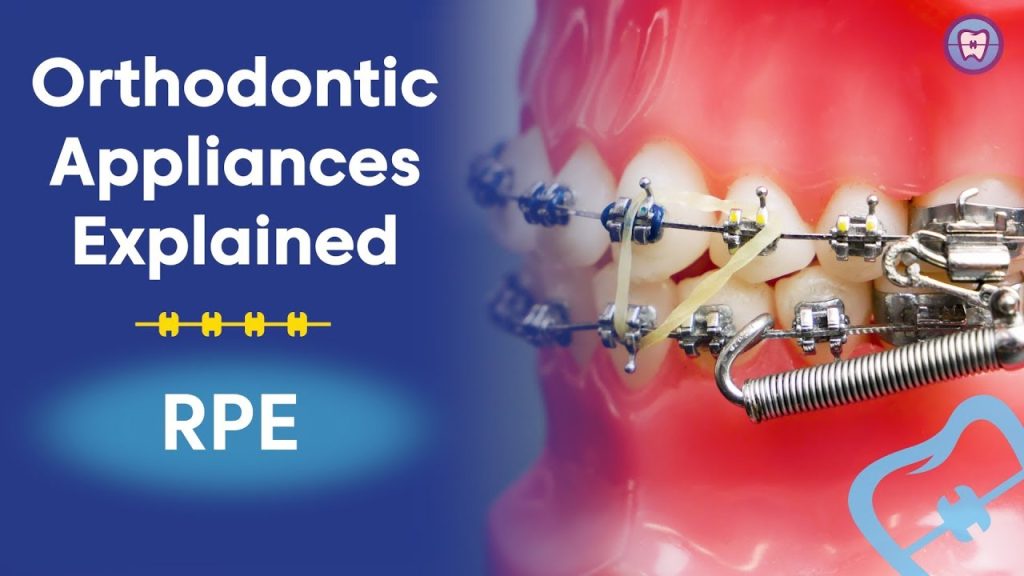
9. Cost and Insurance Coverage for the Forsus Appliance
9.1 Average Cost of the Forsus Appliance
The cost of the Forsus appliance varies depending on geographic location, the individual orthodontic practice, and the complexity of the case. On average, the cost may range from $1,500 to $3,500. It is essential to consult with the orthodontist regarding the specific cost and any additional expenses associated with the treatment.
9.2 Insurance Coverage and Financing Options
Insurance coverage for the Forsus appliance depends on the individual’s insurance plan. Some dental insurance plans might partially cover the cost of orthodontic treatments, including the Forsus appliance. Patients should contact their insurance provider to inquire about coverage options. Additionally, orthodontic practices may offer financing plans or payment options to help patients manage the cost of the treatment.
10. Conclusion
The Forsus appliance is a highly effective orthodontic device that offers numerous benefits in correcting bite issues, improving facial aesthetics, and reducing the need for extractions. It is a comfortable and convenient alternative to traditional braces, with a shorter treatment time in many cases. The appliance is suitable for candidates with moderate to severe dental misalignments, and its installation and maintenance require the expertise of an orthodontist. While potential side effects and breakage risk exist, the Forsus appliance has been extensively studied for its efficacy and long-term stability. Patient education about the appliance’s use, along with comprehensive consultation and thorough follow-up, can ensure successful treatment outcomes.

